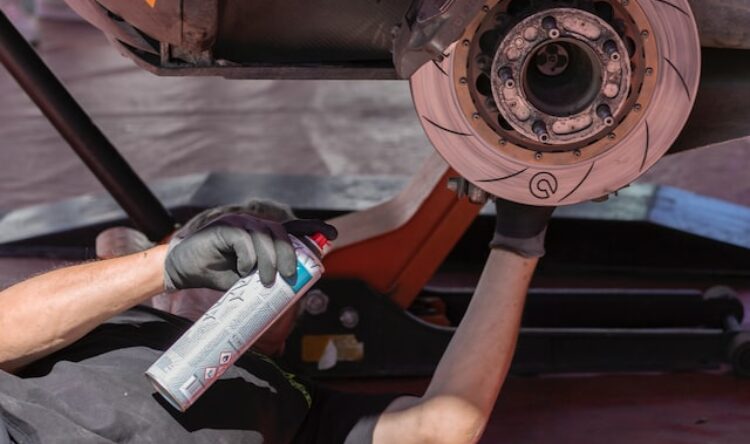Smart motorway tech struggling
Improvements in road network welcomed but problems on smart motorways persist
Whilst National Highways staff strikes are already worrying road safety experts, this is compounded by a new report stating significant faults on road safety technology.
The problems revolve around tech used on smart motorways to identify stopped vehicles in live lanes. These have been flagged up by the Office of Rail and Road (ORR) in a safety report.
Stopped Vehicle Detection (SVD) technology is radar-based technology. This is used on every all lane running (ALR) smart motorway where the hard shoulder has been permanently converted to a live traffic lane. It ensures that the lanes are closed to further traffic until obstacles or broken down vehicles are removed.
Ahead of time but behind the safety curve
National Highways has deployed the technology on every ALR smart motorway six months ahead of its original March 2023 deadline. However, it is not all working effectively.
The ORR report says that the actual performance of stopped vehicle detection is falling short of the performance requirements the company set itself.
One issue is false detection rates. These are substantially above the required maximum. While false alerts may not constitute more than 15% of all alerts, their performance ranged from 63.8% to 83.5% across the regions.
Better tech
National Highways says it is seeking rapid improvements to the SVD technology. It hopes to achieve the performance targets by the end of June 2023.
ORR says it will be scrutinising the company’s progress. If improvements are not achieved, further action will be taken.
“Our previous work on smart motorway data has shown that these roads are as safe as the motorways they replaced,” states ORR chief executive, John Larkinson. “But the number of live lane breakdowns are higher.”
While he commended the early installations of the technology, “it’s clear National Highways needs to urgently improve its performance in this area”.
Worrying drives
Edmund King, AA president, echos the report’s warnings stating it is a “major concern” for drivers.
“For ‘smart’ motorways to be truly smart and safe then the technology behind them must be fully effective,” he said. “If there are doubts about the technology, then the motorways are not smart and we should revert to tried and tested methods.
“The radar system should be identifying 80% of stopped vehicles in a live lane and operators checking the alarms within 20 seconds. Neither of these targets have been met and it is simply unacceptable.
“As a result, vulnerable drivers have been left stranded in the most dangerous of places – the live lane of a motorway.
King is calling on the government to pilot re-instatement of the hard shoulders with a Red ‘X’ in the meantime. Alongside this he want “a national lane discipline campaign – aimed at the ‘middle lane hogs’. If this is rolled out in conjunction with the police, it will lead to better lane use , improving the existing capacity of the motorway. It should also “make the network safer”.
Watching the traffic
This is the first annual assessment from the ORR of safety performance on the strategic road network (SRN) in England. It includes the operation and effectiveness of the end-to-end safety system on England’s smart motorways.
ORR says National Highways appears to be on course to achieve its key safety target. This is to halve the number of people killed or seriously injured on the SRN by 2025 (compared to a 2005 to 2009 baseline).
In 2021, 1,857 people were killed or seriously injured on the SRN. This represents a 42.1% reduction against the 2005 to 2009 average baseline of 3,206 people. It is 261 (12.3%) fewer than in 2019; but an increase of 424 (29.6%) compared to 2020.
Considering the fall in traffic during the pandemic, ORR identifies that there is a risk that the number of casualties could increase with traffic levels.
Improving picture
However, the report says that National Highways has achieved substantial improvements. In particular, attendance times for traffic officers. It achieved a national average response time of 9 minutes and 49 seconds against the target of a 10-minute national average response time on smart motorways.
RAC head of roads policy, Nicholas Lyes, is keen to see National Highways get on top of the issues.
He describes breaking down in a live lane as “terrifying”. He adds that “drivers must have confidence that the infrastructure is detecting them quickly so authorities can immediately close the lane”.
“We also urge police forces to use the equipment provided to enforce ‘red X’ closed-lane signs as we think that this will reduce those flouting the law and putting drivers and roadside workers in unnecessary danger.”
Whether this will result in drivers feeling any more confident is another issue without the security of hard shoulders.
Research from the RAC shows a clear majority of drivers (70%) want to see ‘all lane running’ smart motorways scrapped. Instead they favour of schemes where a hard shoulder can be opened and closed according to how much traffic there is.
“We therefore encourage officials to explore the merits of making the dynamic hard shoulder layout the default choice for smart motorways”.





